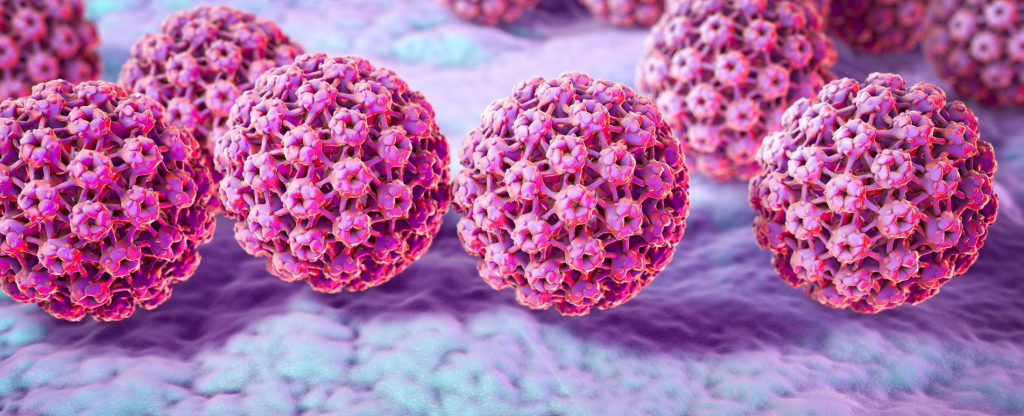
When diagnosing cancer, most of the tests used by doctors (such as mammography, colonoscopy, and CT scans) are based on imaging. Engineers at the Massachusetts Institute of Technology have now created new diagnostic nanoparticles that can be used to monitor tumor recurrence after treatment or to conduct routine cancer screening. It combines these two features: it can reveal the presence of oncoproteins through urine tests and can be used as an imaging agent to pinpoint the location of the tumor. In principle, this diagnosis can be used to detect cancer in any part of the body, including tumors that have metastasized from their original location.
This is a sensor designed to respond to primary tumors and their metastases. It triggers the urine signal and allows us to see the location of the tumor. In a new study, Sangeeta Bhatia and her colleagues found that the diagnosis could be used to monitor colon cancer progression, including the spread of metastatic tumors to the lungs and liver. Eventually, scientists hope it can be developed into a routine cancer test that can be carried out every year.
How to locate tumors?
Over the past few years, Sangeeta Bhatia has been developing methods for the diagnosis of cancer that works by producing synthetic biomarkers which can be easily detected in urine. Most cancer cells express an enzyme called protease, which helps cancer cells escape from their original position by cutting proteins in the extracellular matrix. The developed cancer detection nanoparticles are coated with peptides that are cleaved by these proteases. When these particles encounter a tumor, the peptides are cleaved and excreted in the urine so that they can be easily detected. In animal models of lung cancer, these biomarkers can detect the presence of tumors at an early stage; however, they cannot indicate the exact location of the tumor or whether the tumor has spread beyond its organs of origin.
On this basis, the researchers hope to develop a so-called “multimodal” diagnostic method that can perform molecular screening (detection of urine signals) and imaging to accurately locate the original tumors and/or their metastatic locations. To optimize the particles to be used in positron emission tomography imaging (PET imaging), the researchers added a radioactive tracer called copper-64 (64Cu). They also coated particles a peptide that is attracted by acidic environments, such as the microenvironment in the tumor, to induce particles to accumulate at the tumor site. Once they reach the tumor, the peptides insert themselves into the cell membrane, producing strong imaging signals above the background noise.
The researchers tested these diagnostic particles in mouse models of metastatic colon cancer, and they were able to use urine signals and imaging agents to track the tumor’s response to treatment. The researchers also found that using nanoparticles to deliver copper-64 has an advantage over the strategies commonly used for PET imaging. PET tracer (known as fluorodeoxyglucose, FDG), is a radioactive form of glucose that can be absorbed by metabolically active cells (including cancer cells). However, when exposed to FDG, the heart generates bright PET signals that can obscure weaker signals from nearby lung tumors. Scientists found that using acid-sensitive nanoparticles to accumulate copper-64 in a tumor environment could provide a clearer image of lung tumors.
Next: cancer screening
If approved for use in human patients, Sangeeta Bhatia envisages that this diagnostic method can be used to assess patients’ response to treatment and to monitor long-term tumor recurrence or metastasis (especially colon cancer). “for example, urine tests can be performed on these patients every six months,” Sangeeta Bhatia said. “If the urine test is positive, patients can use a radioactive version of the same reagent for a follow-up imaging test to show the spread location of the tumor. ” In the long run, the technique is expected to be used as part of the diagnostic workflow to regularly detect any type of cancer.
Hao, L., Rohani, N., Zhao, R. T., Pulver, E. M., Mak, H., Kelada, O. J., … & Bhatia, S. N. (2021). Microenvironment-triggered multimodal precision diagnostics. Nature Materials, 1-9.
